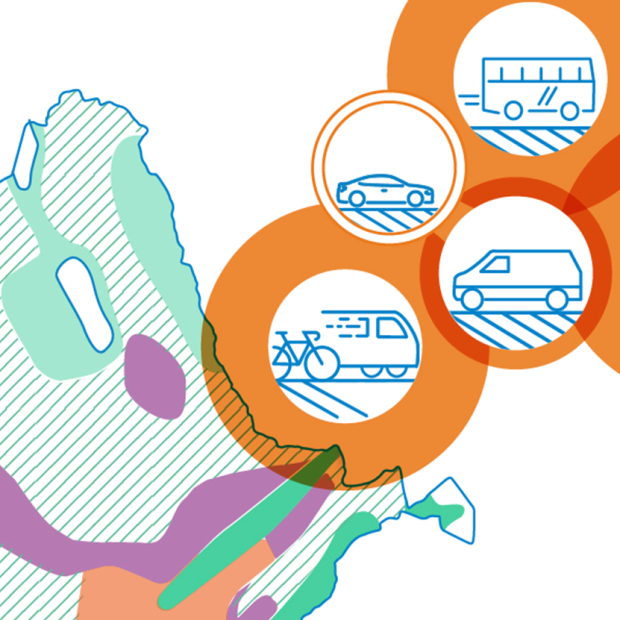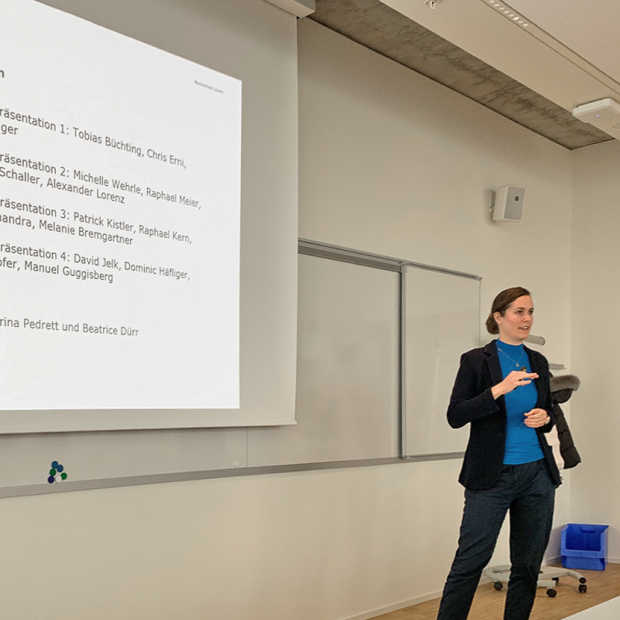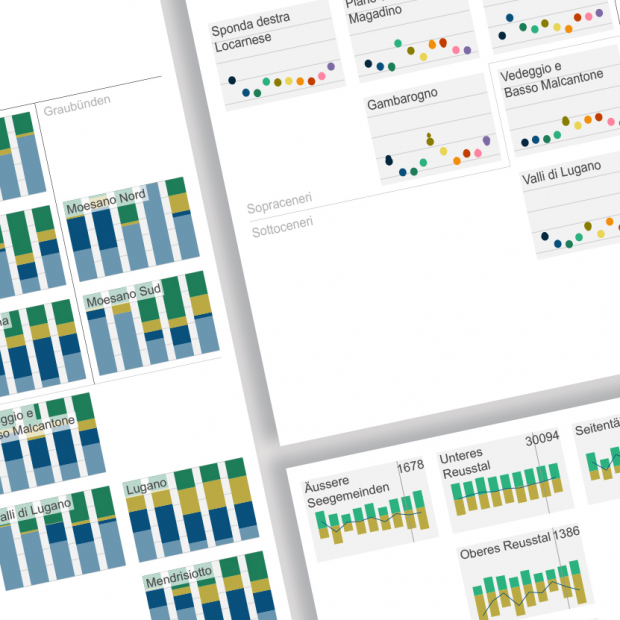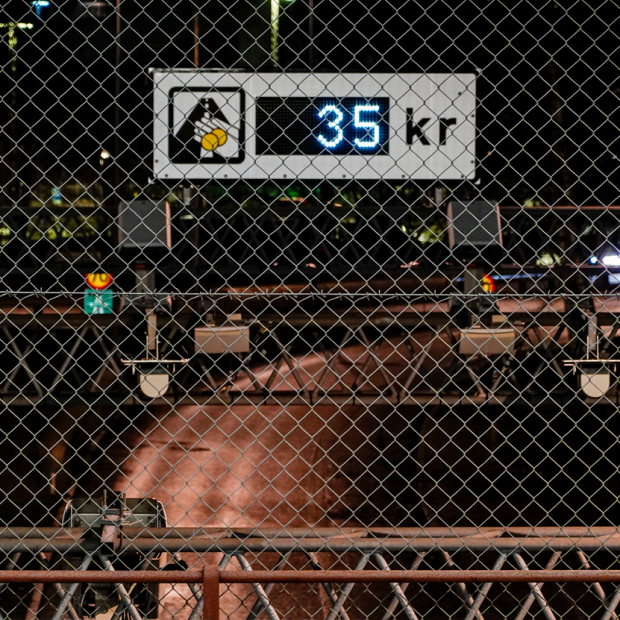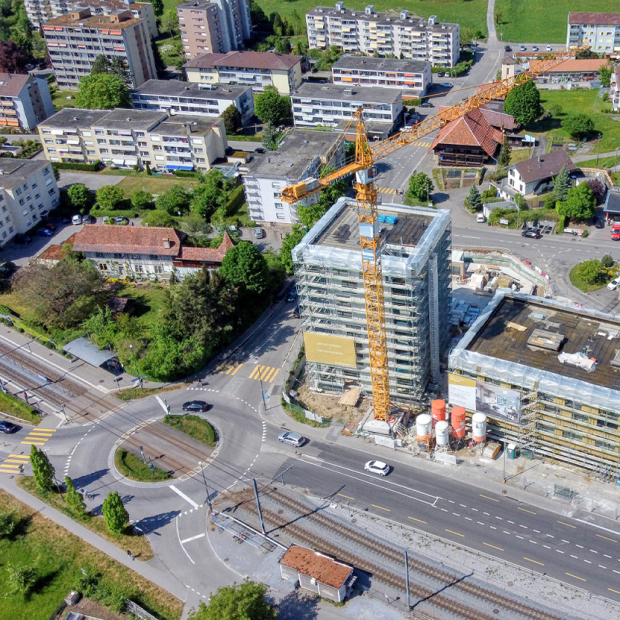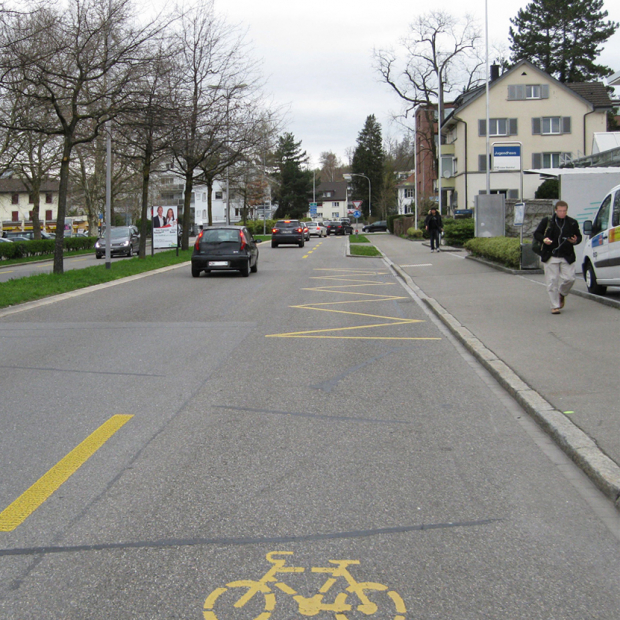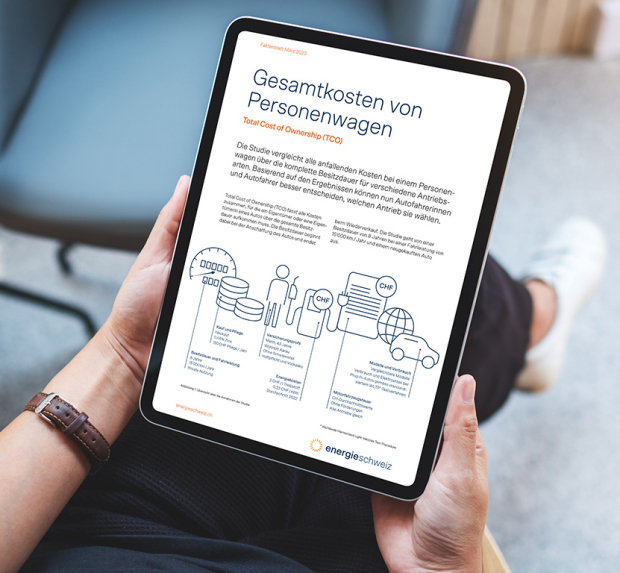

Economic Comparison of Transport Modes
The objective of the research project was to create a comprehensive database with greater consideration of the investment and tax aspects of transportation. Reporting took place in three parts. Overall project management: EBP.
Public sector revenues and expenditures in the transport sector (By DIW [German Institute for Economic Research] Berlin)
The first report is titled: “Public sector revenues and expenditures in the transport sector: Analysis of data availability and conceptual prerequisites for a financial accounting.” It documents the data collected regarding public sector expenses and revenues as well as that collected regarding public transportation companies. The result of the study is an enhancement of the existing database. The targeted comparability of the data between transport modes is still only possible to a very limited extent given the currently available statistics and data. The report offers conceptual considerations on how comparable data could be collected.
Revenues and expenditures of individual transport modes per transport type (By PTV AG)
The first part of the second report contains analyses and calculations regarding the allocation of the revenues and expenditures of the individual transport modes to the transport types. Particular emphasis is placed on a methodologically well-founded procedure when performing the allocation calculation. In summary, we note that an allocation calculation ascribing expenditures and revenues to transport types is not feasible for all transport modes. Where this is possible, no value comparisons between the transport modes should be made since the institutional framework conditions, the functional tasks and the definition and collection differences prohibit this.
Obstacles to implementing the objectives of shifting traffic to rail transport (By EBP)
Another subject of the study is revealing the obstacles to implementing the objectives of shifting traffic to rail transport (second part of the second report, by EBP). According to the overall study, obstacles related to public sector revenues and expenditures and the implementation of the items financed (especially planning and construction of transportation infrastructure) are the most significant. Factors considered included infrastructure investments and availability of funds, implementation of rail projects as well as the efficiency and appeal of the rail transport offering. Additional obstacles were found in the relative prices between the means of transport, the competition pressure from other means of transport and a lack of financing for sustainably designed urban and spatial structures.
Intercity Bus Supply Impact on Travel Demand and Emissions in Germany (By EBP and infas, Bonn)
A third report as part of the project takes inventory of the impact of intercity bus transportation on travel demand and emissions in Germany.


